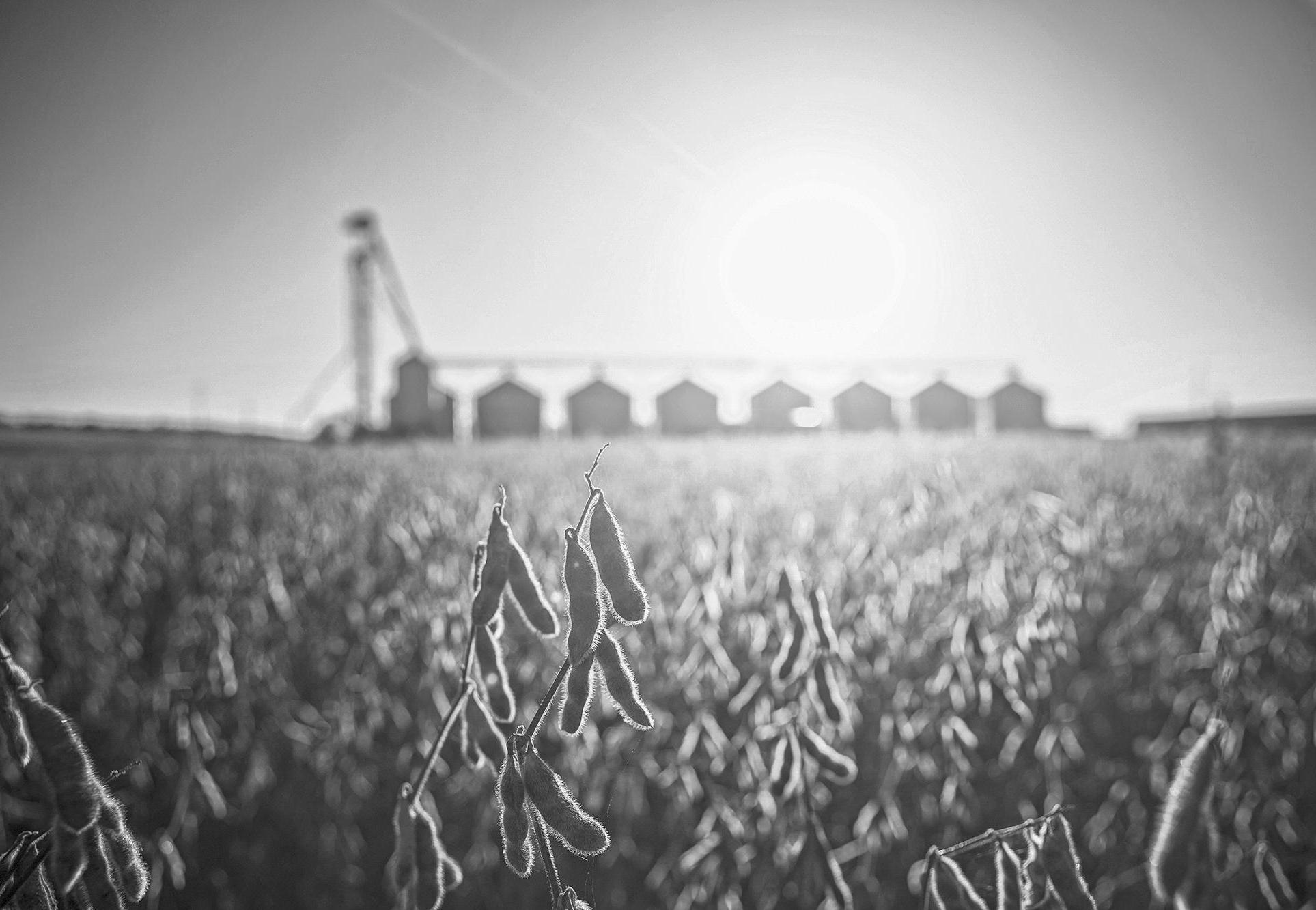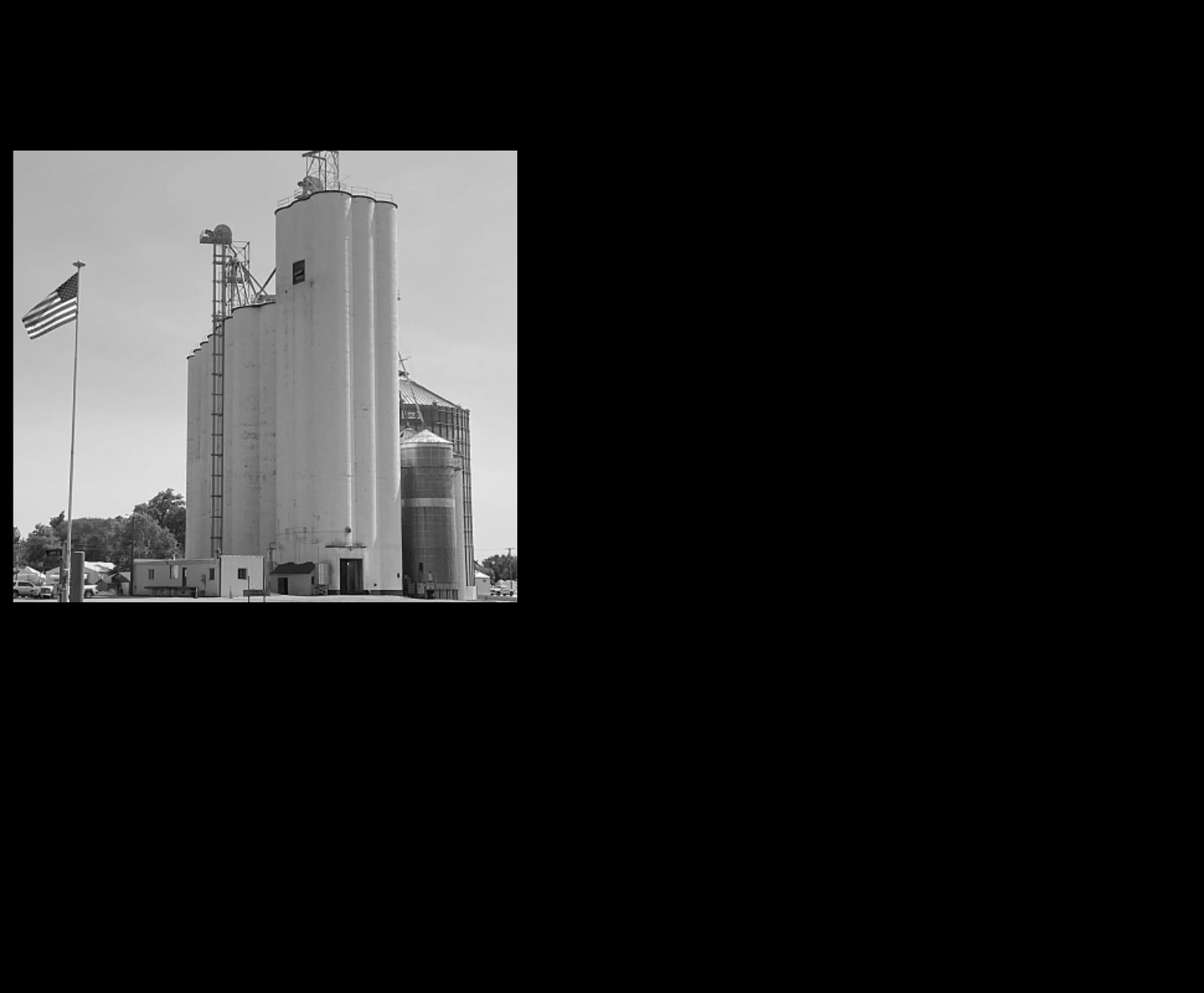
3 minute read
Illinois counties among leaders in corn, soybean production
By Kevin Bessler THE CENTER SQUARE
Several Illinois counties dominated the national rankings in terms of corn and soybean production last year.
The U.S. Department of Agriculture has released its county production totals for 2022. Crop statistician Mark Schleusener said in terms of corn production, one central Illinois county led the nation.
“McLean County ranked first across theentireU.S.withnearly71millionbushelsofcornproducedlastyear,”Schleusener said. “Additionally, Illinois had the top five counties in the country for total corn production.”
Those other counties included Iroquois, Livingston, LaSalle and Champaign counties. Stark County had the highest yield in Illinois at over 240 bushels per acre, followed by Woodford and Ogle counties.
Iowa led the nation in total corn production in 2022, followed by Illinois, Nebraska, Minnesota and South Dakota.

Illinois is home to several counties that ranked in the top ten for soybean production as well. McLean County led the nation, followed by two counties in Mississippi and North Dakota.
“Following those two, the next four highest soybean producing counties were all in Illinois,” said Schleusener. “Iroquois, Champaign, Livingston and La-

Salle counties ranked fourth through seventh nationally.”
Illinois led the nation in soybean production last year, followed by Iowa and Minnesota.
Illinois soybean farmers export about 50%oftheircrop,withChina,Mexicoand Canada being the top three markets.
Failing
From page A9 conducted a survey of farmworkers recently, 100% of respondents said they faced at least one serious legal violation.

MattBoles,anattorney with the Southern Poverty Law Center’s Southeast Immigrant Freedom Initiative, represents five clients on H-2A visas who worked on farms connected to the Georgia trafficking case. They’ve applied to stay in the U.S. on T visas, which are for victims of human trafficking.
“People just have so much fear,” he said. “They think, ‘If I say somethingorIspeakout, however bad I’m treated now or however bad the conditions are, it may actually then (get) worse.’”
Just last year brought other examples of farmworkers being trafficked.
In January 2022, a South Carolina grand jury indicted two people on labor trafficking charges involving the H-2A program. In April, a Florida woman pleaded guilty to amulti-stateracketeering conspiracy involving trafficking farmworkers.
In December, a farm labor contractor was sentenced to almost 10 years in prison for leading a multi-state conspiracy to traffic Mexican seasonal farmworkers.
Stolen wages is also a chronic issue. The DOL has recovered more than $82millioninbackwages due to farmworkers since 2000. In the most recent fiscal year, the DOL assessed a record $7.9 million in fines.
Richey order
The monitor advocate system grew from the complaints of farmworkers about 50 years ago.
Job centers, created in the depths of the Great Depression, were supposed to facilitate the same career prospects for all workers. However, the centers referred farmworkers to employers that stole their wages and provided unsafe housing, the workers alleged.
In 1974, Charles R. Richey, a federal judge in Washington, D.C., ruled in the case. (More famously, he ruled the tapes Richard Nixon created while president were not personal records.) Finding the DOL infringed the farmworkers’rights,helaidoutthe federalandstatepartnership that would become themonitoradvocatesystem.
One element essential to the system’s success is outreach. Many farmworkers do not walk through the job centers’ doors.
Under the Richey order,statesarerequiredto provide the same services to farmworkers as non-farmworkers. This means states are supposed to employ dedicated outreach staff who alert farmworkers to the resources available to them.
Outreach staffers are also supposed to document any apparent violations they see while visiting farmworkers and send any complaints to agencies that can investigate, usually the DOL.
But many of the issues Richeyidentifieddecades ago continue to vex states, according to internal reviews and corrective action plans.
The order stipulated states should hire bilingual staff and, if possible, members of the farmworker community. States have largely failed.
InIllinois,forinstance, five offices are located near large populations of farmworkers. Only three employ bilingual staff, and just one employs someone with a farmworker background, state records show.
The judge also required states to employ enough staff to conduct “randomfieldchecks...to determine whether wages, working and housing conditions”donotviolate stateandfederallaws,Richey wrote.
Inrecentyears,staffing shortages have bedeviled states.
During Missouri’s peakharvestingseasonin 2019, about 9,000 farmworkers were in the state; Missourihadnoassigned outreach staff. (It has since hired full-time outreach staff.) The same year, Nebraska outreach staff “did not spend the majority of (their) time in the field.” In 2021, Indiana’s one outreach staffer split time with other duties during peak harvesting time.
Missouri and Indiana did not return requests forcomment.A2021labor departmentreviewofservices in Nebraska found no issues, and a state spokesperson said Nebraska,asastatewithfew farmworkers, is not required to have full-time outreach staff most of the year. Indiana said it is nowcompliantwithstaffing regulations.











